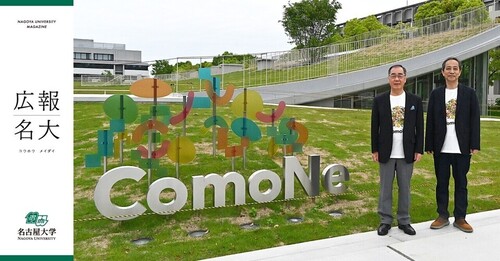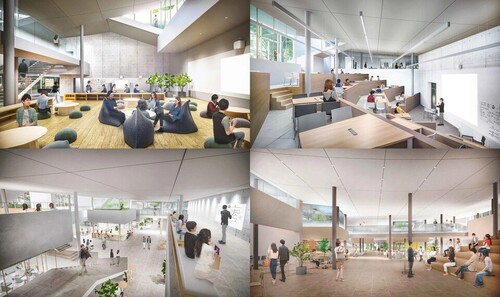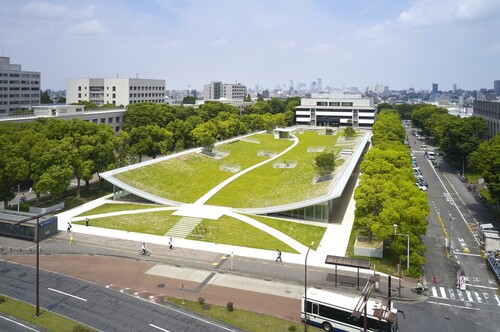Common Nexus (ComoNe), a new co-creation hub established by the Tokai National Higher Education and Research System (THERS), opened on July 1, 2025. Located on the Higashiyama Campus of Nagoya University, this facility will serve as a space where students from Nagoya University and Gifu University, along with both the local community and broader society, can come together.
We sat down with THERS Chancellor Seiichi Matsuo and ComoNe Director Akira Fujimaki to learn more about the motivation behind the project.
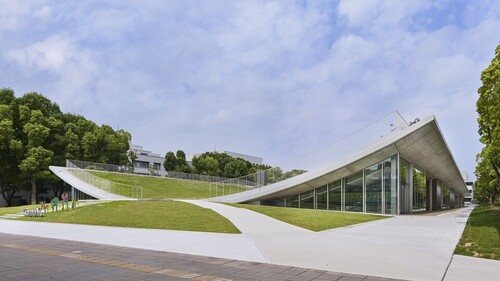 The new co-creation facility Common Nexus (ComoNe) opened on July 1.
The new co-creation facility Common Nexus (ComoNe) opened on July 1.
Q: What was the concept behind its development?
(Matsuo) It all started with the idea to create an environment where people from both within and beyond the university could come together to spark new value and ideas. National universities have many stakeholders, and I felt it would be ideal to have a place where they could freely come and go, connect with students and faculty, and contribute to revitalizing the region or even share their work with the world.
Universities are often seen as imposing structures with narrow, uninviting entrances. But ComoNe is different: its walls are made of glass, so you can see inside from all angles, and it is directly connected to the subway station, allowing easy, open access. It is a state-of-the-art facility unlike anything seen before at a national university.
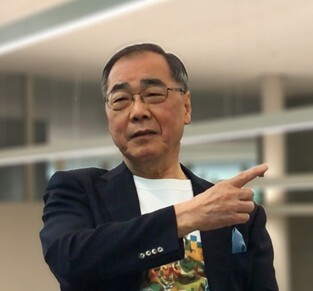 Seiichi Matsuo, Chancellor of Tokai National Higher Education and Research System
Seiichi Matsuo, Chancellor of Tokai National Higher Education and Research System
Q: Why is it important to foster exchange between people within and beyond the university?
(Fujimaki) The core mission of a university is education and research, but neither of these can advance in isolation from society. Take cutting-edge research in fields like particle physics or mathematics. The advancements are often incredibly hard for the public to grasp. But when researchers hear feedback such as, "I do not understand," it challenges them to reflect, "Why does it not make sense? How can I communicate this clearly?" That reflection sharpens their insight and, ultimately, strengthens their ability to educate.
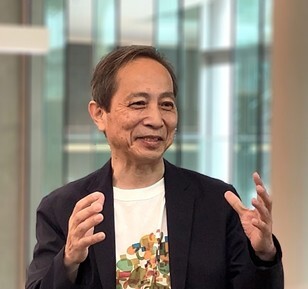 Akira Fujimaki, Director of Common Nexus
Akira Fujimaki, Director of Common Nexus
A Space for Fostering Exchange and Innovation Through Diversity
(Matsuo) No one person or group has exclusive access to this facility. THERS welcomes researchers and students from over 100 countries, each bringing their own cultures and values to their work. It would be wonderful if this space allowed them to express that and share it with others. Of course, this includes local residents as well. I hope this will become a place where people can connect, form networks, and create a cycle that leads to new ideas and activities.
(Matsuo) This area in eastern Nagoya is home to a dense cluster of universities: Nagoya University, Nanzan University, Chukyo University, and Meijo University are all nearby, and Nagoya City University, Nagoya Institute of Technology, and the Nagoya University School of Medicine are just a subway transfer away. We envision this eastern zone transforming into an academic hub that draws young people from across Japan and the world, with ComoNe at its core.
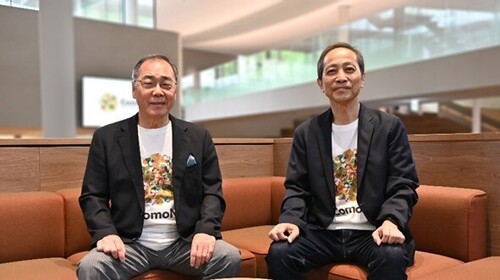 Chancellor Matsuo (left) and Director Fujimaki (right) during a visit to ComoNe
Chancellor Matsuo (left) and Director Fujimaki (right) during a visit to ComoNe
Q: What are some highlights or recommended spots within the facility?
(Fujimaki) At the time of opening, the permanent exhibition features a fusion of science, research, and art. It is very important for art and research to inspire and stimulate each other. I come from an engineering background, and as engineers, we work with the belief that our work should serve society. But take something like projection mapping; most engineers would never have imagined it. Yet now, it is used quite commonly. On the other hand, people in the arts are always seeking out cutting-edge technology. I hope this mutual exchange could create a space where both sides inspire each other and move closer to new innovations.
(Matsuo) The central east-west passage that runs from the subway entrance to the library is like a central boulevard. There will be a variety of events and activities, making it enjoyable simply to walk through. For example, like I mentioned earlier, I get excited imagining international students using ComoNe's kitchen to hold festivals from their home countries, or organizing events to showcase different cultures. There are not many places like this in Nagoya, so I am really looking forward to seeing how it gets used.
Related Links:
- Watch the interview with Chancellor Matsuo and Director Fujimaki on YouTube [in Japanese]
- Common Nexus website
- Information and registration for the opening event on July 5 [in Japanese]
- "Introducing Common Nexus: A Hub Where People and Academic Knowledge Intersect"
This article was originally written in Japanese by Tatsuyuki Fukui for the "Public Relations Meidai" web magazine and published on June 24, 2025. The Nagoya University International Communications Office has translated and edited it for clarity while preserving the original content's intent. For the original Japanese version, please see here.

